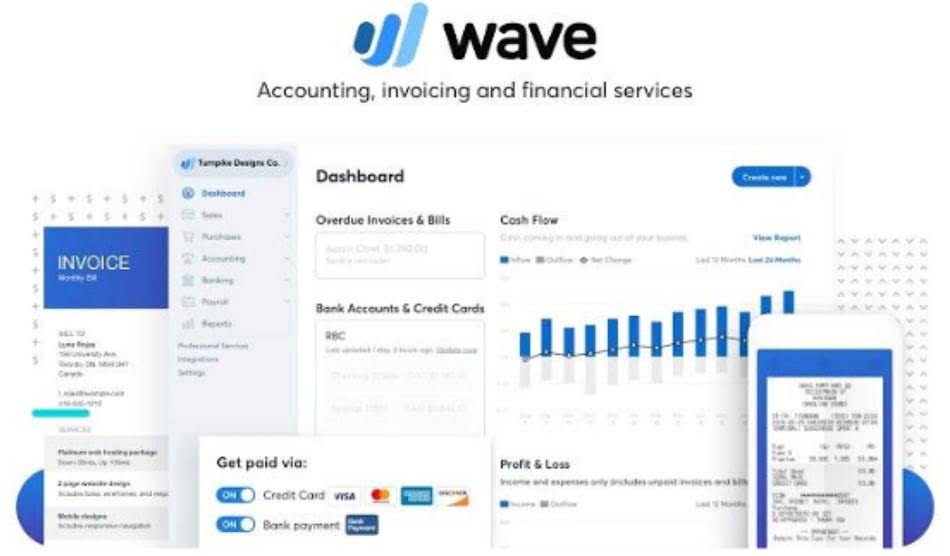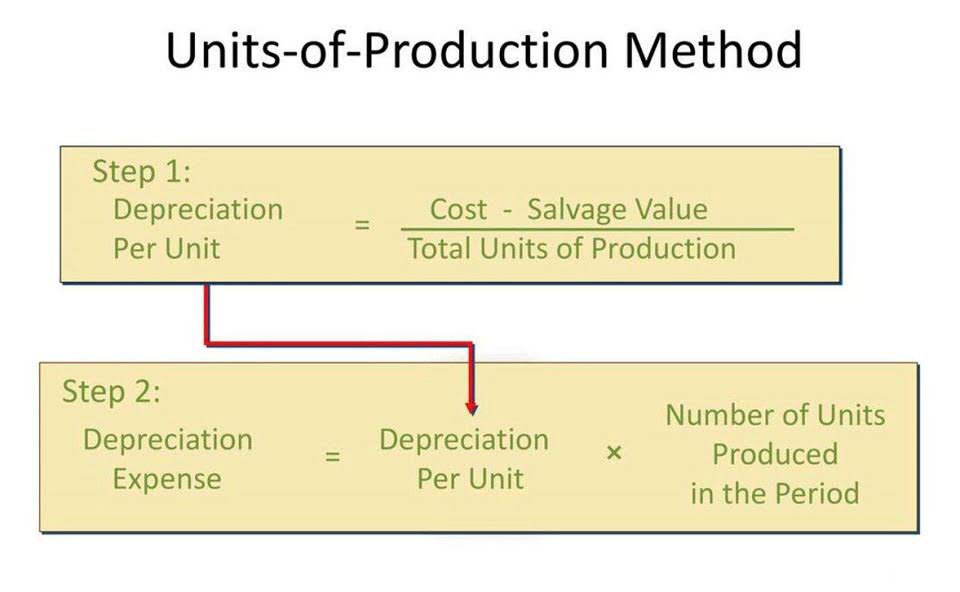![]()

Alternatively, methods like PMR-VC9 and BWMR10 posit that uncorrelated horizontal pleiotropic effects across all IVs conform to a Gaussian distribution. A recent advancement, MRAID11, introduces a Accounting for Churches nuanced approach by incorporating the modeling of uncorrelated horizontal pleiotropy, assuming that a subset of IVs with such effects follows a normal distribution. In contrast, GSMR12 and MR-PRESSO6 rely on outlier removal techniques to eliminate IVs displaying uncorrelated horizontal pleiotropy. Horizontal analysis of financial statements involves comparison of a financial ratio, a benchmark, or a line item over a number of accounting periods. Horizontal analysis allows the assessment of relative changes in different items over time.

Calculate % Change

The expansion of fixed assets sometimes suggests the need for new investments, while a decrease in their quantity suggests obsolescence. A rise in liabilities, such as accounts payable, sometimes indicates liquidity issues. When used together, both methods provide a more detailed view of a company’s financial health.
Horizontal Analysis using Balance Sheet
- Modern bookkeeping services go beyond basic record-keeping, offering CFO-level insights that help businesses improve cash flow, optimize expenses, and make data-driven financial decisions.
- This means that, as an FP&A analyst, you probably want to suggest tighter cost control to decision makers to keep the profitability in check.
- By doing so, businesses can compare each year’s revenues, expenses, and net income and identify trends or patterns in the data.
- Horizontal analysis is a financial analysis technique that compares financial information over multiple periods to identify trends and changes.
- If you use Layer, you can even automate parts of this process, including the control of data flows, calculations, and sharing the results.
- While it should be used in conjunction with other analytical methods, horizontal analysis remains a cornerstone of thorough financial analysis.
By calculating percentage changes in line items from one period to the next, horizontal analysis provides a clear picture of financial performance and highlights significant fluctuations that could impact the company’s future operations. The vertical analysis involves comparing financial data within a single period by expressing each line item as a percentage of a base figure, typically sales or revenue. It helps assess the composition and proportion of different components within financial statements.
- Secondly, in the second type of horizontal analysis, we are interested in knowing about the underlying trends in the line items of the income statement.
- For instance, a manager might compare cost of goods sold and profit margin over a two or three-year span to see how efficient the company is becoming.
- For example, in the income statement, we can, based on historical data and trends, make assumptions about sales growth and then forecast the sales growth rates through the forecast periods.
- Furthermore, PCMR’s causality evaluation extends the ZEMPA and effectively controls false positive rates in the presence of correlated horizontal pleiotropy, even with a high proportion (Fig. 2d, e).
- The business will need to determine which line item they are comparing all items to within that statement and then calculate the percentage makeup.
E-Commerce Financial Model Template

This involves looking for areas where there have been significant increases or decreases and considering the reasons behind these changes. For example, companies may notice that their revenues have been growing over the course of a few years while their expenses have been relatively normal balance stable. We have already discussed horizontal analysis and how businesses use it to analyze and forecast their performances. For example, suppose a business conducts horizontal analysis and finds its profit margin is lower than the industry average.
- Both horizontal and vertical analysis are useful tools for analyzing financial statements and can be used together to gain a comprehensive understanding of a company’s financial performance.
- In this sample comparative income statement, sales increased 20.0% from one year to the next, yet gross profit and income from operations increased quite a bit more at 33.3% and 60.0%, respectively.
- For example, a hotel chain could focus at summer sales to better plan staffing and inventory.
- For example, we perform a horizontal analysis on the balance sheet of Wipro, an Indian information technology company.
- The main purpose of horizontal analysis is to identify trends in financial performance.
Use horizontal analysis to track changes over time, like how your revenue or costs are growing. Comparing these two helps you figure horizontal analysis formula out if revenue growth can keep up with rising costs. If certain historical eras of underperformance are chosen as a comparison, horizontal analysis can be used to make the current period appear better. You can do horizontal analysis using only two periods for the comparison, but it’s highly recommended you use more to avoid drawing and acting on less accurate conclusions. If the comparison year is year 3, then we will input the net income of year 3 and compute the percentage change between year 3 and year 1 (base year). For example, a company might use horizontal analysis to compare its revenue from one year to the next to see if it is growing or declining.

Observing how a company’s growth rates in revenue and profit compare with industry averages can offer critical competitive insights. The primary purpose of horizontal analysis is to determine what has happened to financial statement items over time and to identify trends that may affect the health and sustainability of the business. A horizontal analysis is most useful when the underlying financial information is consistently reported, based on the applicable financial reporting framework. Examples of these frameworks are generally accepted accounting principles and international financial reporting standards. Ideally, every business within an industry should apply an accounting framework in the same way, so that their reported financial information can be compared. When a business takes an unusual position in regard to reporting standards, its financial statements will not be as readily comparable to those of its competitors.

